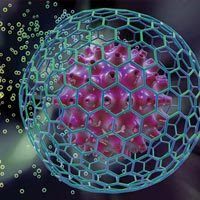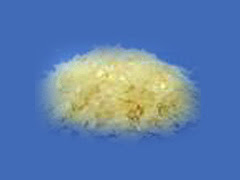Solublity of a Fertilizer & Jar Test
When applying fertilizers through the irrigation water, it is essential that you know some important facts about the fertilizers solubility. What Does Solubility of a Fertilizer Mean? Solubility of a fertilizer is the maximal amount of the fertilizer, that can be completely dissolved in a given amount of distilled water at a given temperature. Manufacturers may provide you with solubility data of their fertilizers upon request. Here is an example of solubility data for Potassium Nitrate (expressed as g/liter): Temperature (C˚) 5 10 20 25 30 40 Solubility 133 170 209 316 370 458 Different manufacturers may provide slightly different solubility data for the same fertilizer. This is because they use different additives in their products. There are also some fertilizers that may contain insoluble residues. Dissolving a Fertilizer When you dissolve a fertilizer, you should not exceed its solubility. Otherwise, a precipitate may form and might clog the



